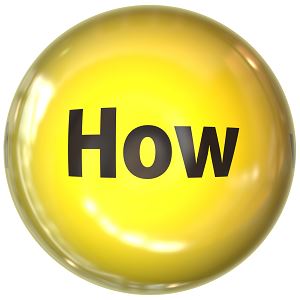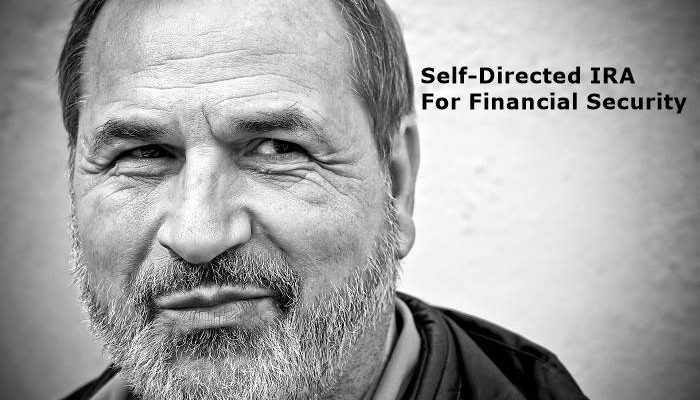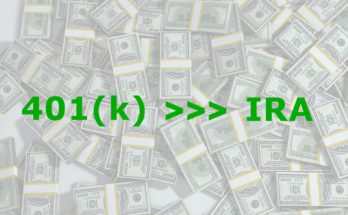A self-directed IRA, or a self-directed individual retirement account, is an IRA that gives the investor total control over all investment decisions. Unlike traditional IRA accounts where the owner can only invest the funds in the IRA in stocks, mutual funds, and bonds, self-directed IRA allows the account owner to invest in many other assets, so far as the custodian of the account agrees to invest in the assets. With self-directed IRAs, you can invest your IRA funds in private market securities, real estate, precious metals, limited partnerships, private placements, commodities, and so on.
The self-directed IRA is just like any other traditional or Roth IRA. It is used by the owner to save for retirement and withdrawals is only possible when the owner attains a certain age provided by law. The only difference between traditional and Roth IRAs and self-directed IRAs is in the assets that can be added to the IRA portfolio. They are so-called self-directed because the account owner is responsible for making every investment decisions across a wide range of investment options.
Due to many asset types that a self-directed IRA can accommodate, it requires a higher degree of due diligence and initiative. For this reason, investors who want to open self-directed IRAs may not be able to find them at custodians that manage regular IRAs because of the complexity surrounding their management. Custodians of self-directed IRAs are usually companies that specialize in them, and they include banks, brokerage firms, and other financial institutions. Before choosing any company as the custodian of your SDIRA, it’s important to make sure they have no restrictions on the assets that can be held in the account. Some custodians may even specialize on certain assets type including private debt or private equity.
When you open a self-directed IRA, you will be responsible for making investment decisions about the account, but you must strictly adhere to every regulation of the IRS on IRAs. To avoid breaching IRS regulations, you can hire an experienced financial adviser to walk you through the regulations of the IRS regarding different types of investments in the SDIRA because custodians of Self-directed IRAs do not offer this service. Note that in addition to strict regulations on investments that can be held in the self-directed IRA, the Internal Revenue Service prohibits investing in life insurance and collectables in SDIRA portfolios.
Why Should You Open A Self-Directed IRA?

Investors choose self-directed IRAs despite the risks based on two reasons including the promise of higher returns and diversification of their portfolio. Many investors can’t resist the huge opportunities provided by self-directed IRA in terms of the types of assets they can include in their portfolios. Many people with self-directed IRAs have made thousands of dollars investing in real estate and private equities, investments which are not allowed in a traditional or Roth IRA. But it is important to be cautious and highly investment-savvy if you want to invest your retirement funds to avoid losing it. If you are not sure, get an expert financial adviser to help you choose the right assets to hold in your SDIRA.
Forbidden Transactions In A Self-Directed IRA
While the investments in an IRA are tax-deferred, failure to comply with IRS regulations puts you out of the tax-exempt haven, and you may even be penalized for non-compliance.
The IRS prohibits self-dealing, i.e., you can’t borrow money from your IRA or buy your properties with your IRA funds. Real estate in self-directed IRAs is most prone to these breaches. If you own a real estate in your IRA, the IRS forbids you to spend a night in the property or use the property. The IRS also prohibits transactions with certain relatives such as children, parents, and some others. Check out the IRS page for more on transactions that are not allowed.
Investment-Wise
When you own a self-directed IRA, everything you do is up to you. The IRS rules don’t allow custodians to offer financial advice, and custodians bring this to the attention of investors, although most don’t realize until later. So you need to do all the research on every investment before making a move. If this is too much work, you can always hire a financial adviser, but remember you are going to pay, and this is reducing whatever gain you might make on your investments.
How To Invest In Your Self-Directed IRA

The first step is to identify potential investments and do your homework. Because you can invest in a wide range of assets in a self-directed IRA, there is plenty of room for error. This is why due diligence should be strictly followed when investing in your self-directed IRA. Discuss your investment choices with a financial adviser to help you choose wisely and also talk to a tax consultant to prevent flouting any IRS rules.
Next, you request funds and direct your investments. You initiate an investment by completing a Direction of Investment form. The form covers instructions and details about the investment including how much of your portfolio you want to invest, who is getting the funds, and whether you need to sign any documentation. Every document will be in the name of your IRA. On completion of the form, you submit it to your custodian.
Next, your custodian processes the form and directs your investments based on the instructions provided in the form. When the investment has been bought, it will be added to your IRA as a new asset.
Your custodian will continue to manage the investment as far is it is held in your IRA. Every fee related to the management of the investments will be deducted from the IRA and profits from the assets will also be remitted to the IRA, making it tax-free.
The same process applies when you want to sell an asset in your IRA. Your custodian provides a form which will be completed by you with supporting documents. After processing and sales of the asset, the proceeds will be added to your IRA.
Custodian Fees
Due to the huge commitments required to manage self-directed IRAs, the custodian fees are usually higher than that of regular IRAs. While fees vary by custodian based on the range of services provided, most custodians require a yearly custodian fee. Your fees may increase if you opt for other customized services. Before you hire a custodian, take a look at the fees and every other charge that will be deducted from your portfolio because it all adds up in the end.
Illiquidity

While you are allowed to invest in a wide range of assets with your self-directed IRA, the assets are not liquid. This means that you can’t dip your hands into your IRA funds in case an emergency financial obligation comes your way. The only way to turn your funds into cash is to sell it to somebody who needs it.
The self-directed IRA provides more opportunities for investors to diversify their retirement savings and also offers a chance to make huge gains if directed with due diligence and pragmatism. Unlike regular IRAs, the self-directed IRA puts the investor in charge of all the investment decisions. If the account makes huge gains, its due to the owner’s diligence. If it makes losses, the owner is solely responsible.
Our personal recommendation to safeguard your future with gold is to contact Regal Assets, The #1 Rated Gold Investment Company 7 years in a row, Click Here To Request A FREE Gold Investors Kit.




